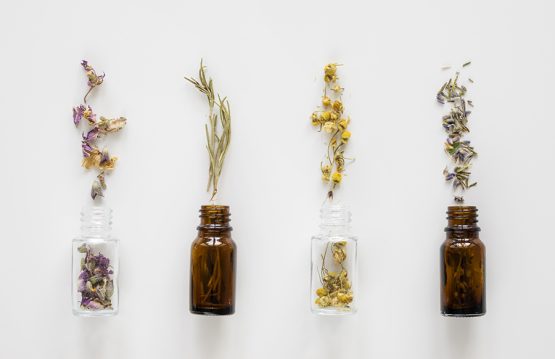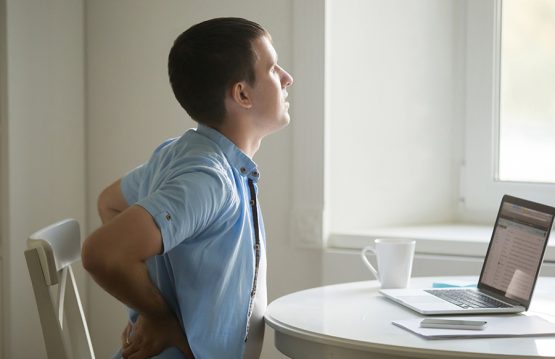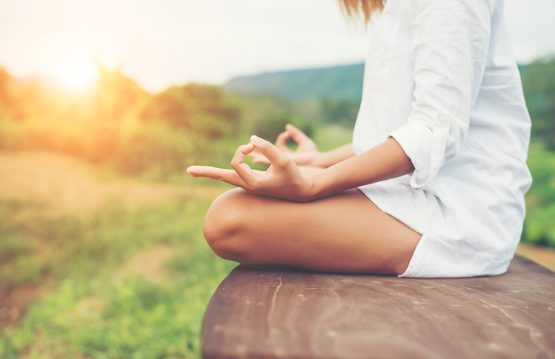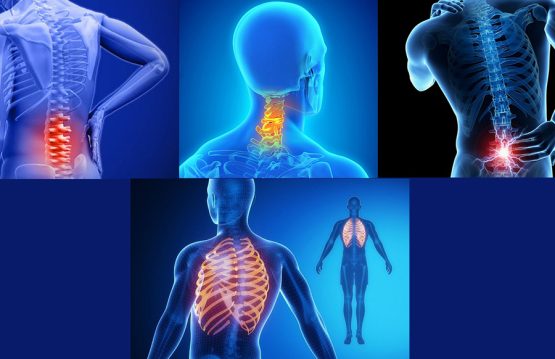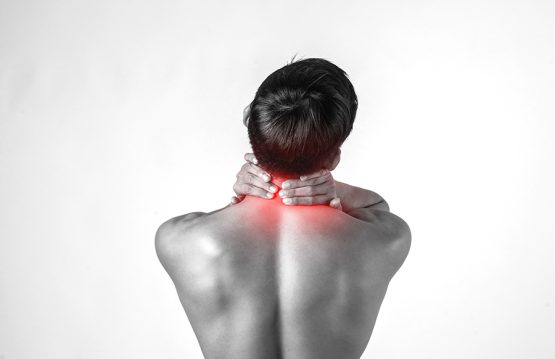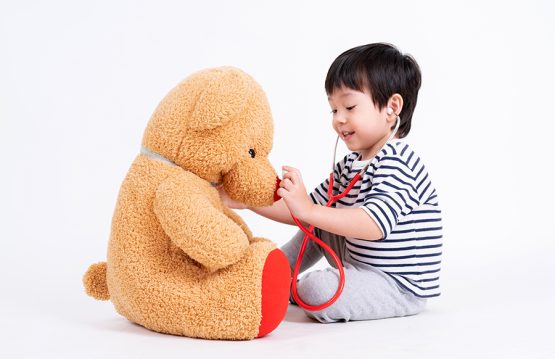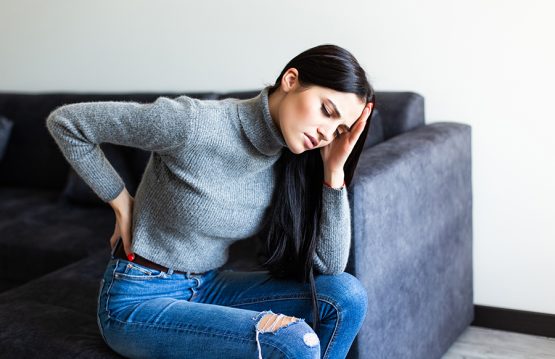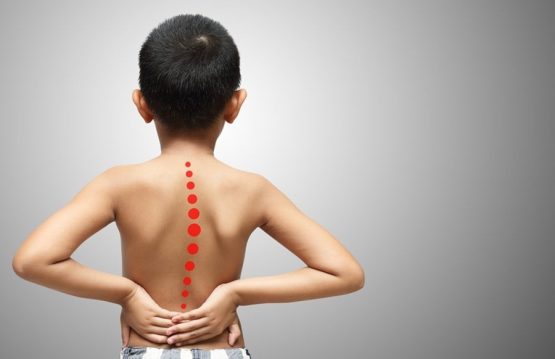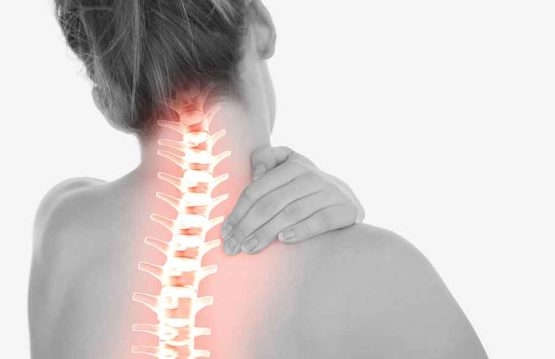In order to have a healthy back, in addition to medical gymnastics, you will need to resort to some natural remedies for back pain.
Back pain can occur as a result of excessive exertion, such as lifting or carrying heavy objects, playing a sport, maintaining a wrong posture for a long time, and sudden or forced movements, or sudden changes in temperature.
CONTENT:
- Therapeutic massage
- Calcium-rich foods
- Anti-inflammatory juice
- Vitamins C, Mg and D
- Garlic
- Massage with black grass oil
- Capsaicin cream
- Infusion of lime peel
- Infusion of the dried root of the devil’s claw
- Poultry with cabbage
- Clay Poultice
Therapeutic massage – reaches certain painful points and releases tension in that area. The massage should be combined with specific exercises recommended by a specialist.
Calcium-rich foods (cabbage, cauliflower, broccoli, spinach, sardines, salmon, almonds, seeds), which help strengthen and protect the spine from osteoporosis.
Anti-inflammatory juice consisting of equal parts of unsweetened bitter cherry juice and grape juice, from which drink 3-6 glasses daily. Pineapple contains some enzymes that are natural anti-inflammatory and get rid of back pain.
Vitamins C, Mg and D. Vitamin C reduces pain and vitamin D reduces muscle cramps (found in improved milk or sun exposure). Magnesium ensures the proper functioning of the muscular system and removes back pain.
Garlic – it is good to eat two cloves daily on an empty stomach. You can also try with eight cloves of garlic dissolved in a little coconut (or sesame) oil heated over low heat, cooled and lightly massaged with that oil obtained in the affected area. Leave for three hours and then take a bath in warm water. If this treatment is followed for 15 days, the pain can disappears.
Massage with black grass oil (soak 100 g of black grass flowers in 500 ml of olive oil for ten days, stirring frequently. After ten days filter the mixture. Massage the painful areas with this maceration three times a day) soothes pain back.
Capsaicin cream is the spicy ingredient in hot peppers – in the form of a cream it acts as an analgesic, relieving pain.
Infusion of lime peel – 50g lime peel boiled in a liter of water over low heat until a quarter of the water evaporates. Drink a little and often from this infusion, between meals, for 3 weeks.
Infusion of the dried root of the devil’s claw – 1.5 g of dried root in 300 ml of boiling water, cover the vessel and leave it to soak for 8 hours, then filter. Before each meal drink 100 ml of this infusion.
Poultry with cabbage – Boil water with four cabbage leaves, two finely chopped onions and four handfuls of oat bran. Filter and allow to cool, then spread the mixture on a piece of fabric. You can apply these natural remedies for back pain the compress on the painful area and keep it for 2 hours.
Clay Poultice – paste (from dry clay in the form of powder mixed with water) spread on a cabbage leaf (2 cm) and covered with another leaf is applied on the painful area for an hour.


